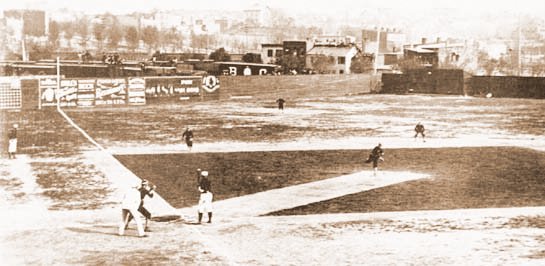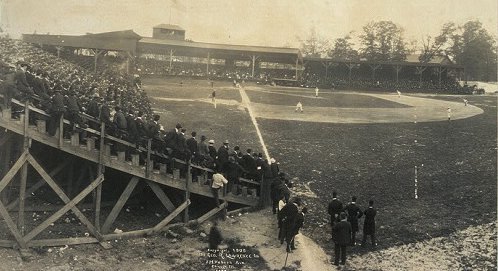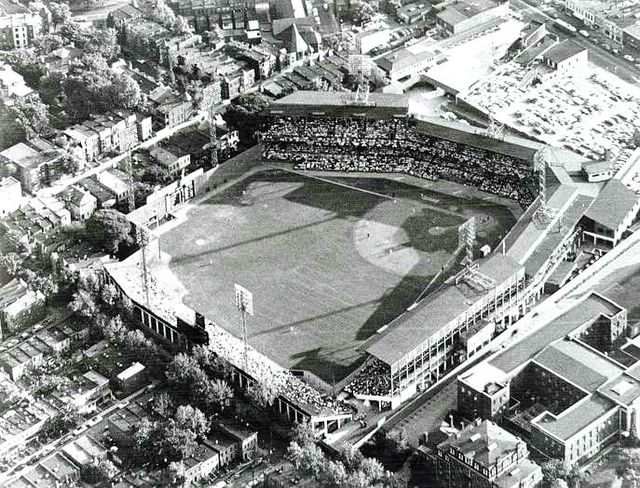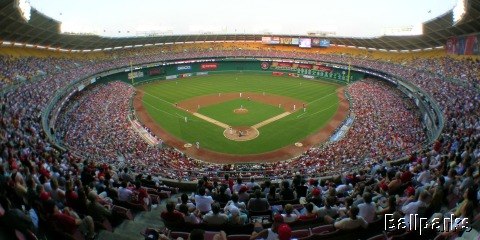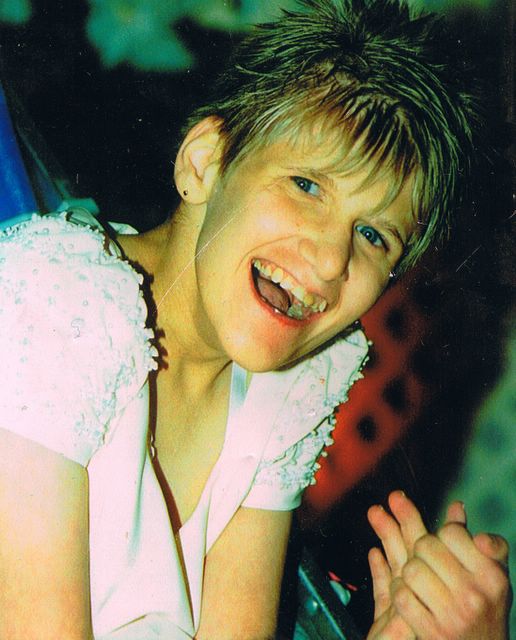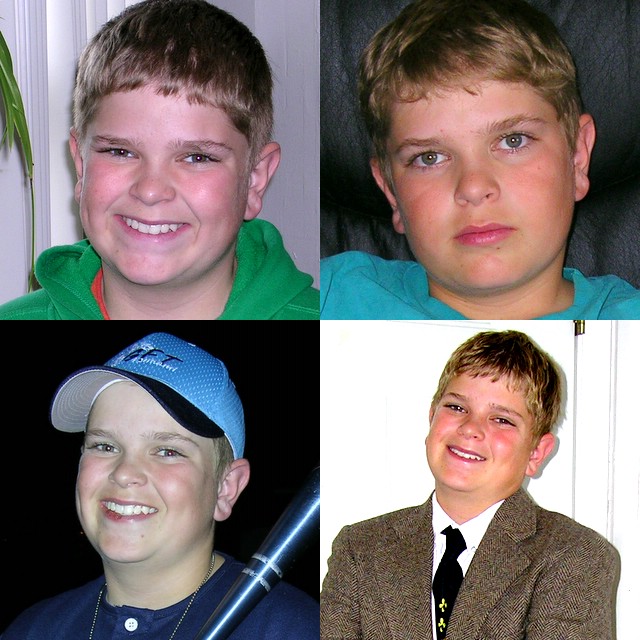Cincinnati's 3rd Ballpark In 30 Years A Lot Like The First
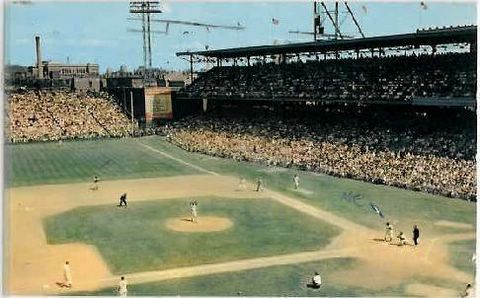
Crosley Field
Crosley Field had served Cinncinati well for more than sixty years, but both Reds and community leaders believed it was time to mordernize. After all, Crosley field was built on a unusually shaped piece of land, surrounded by the brick business buildings of the city of Cinncinati. It was this irregular footprint that gave Crosley Field its unique feel. The time had come to create something modern, away from the inner city, utilitarian in nature and mammoth in design.

Riverfront Stadium, Opening Night
Riverfront Stadium was like nothing else we'd ever seen before. Oh sure, it was round and concrete and green on the inside, but there was something different. For the first time, the infield was covered in Astroturf, and the dirt to be found was in "sliding paths" around the bases and homeplate. I remember a rainly March Saturday the spring before the stadium was to open. My Dad and I had gone shopping at Giant Food, and he let me buy a copy of the Sporting News. I was flipping the pages and came across a picture of a partially completed Riverfront Stadium. The caption mentioned the "slideing paths" around the bases. I must have stared at that picture for 30 minutes trying to figure out where the infield would go. I never gave the idea of an "Astroturf" infield a second thought.The stadium was the ultimate in utilitarian design. Soon, Davey Concepcion learned to go deep into the hole at short, jump, twirl, and fire a one-hop bounce to first, using the turf to help the ball gain speed along its path.
I can't speak to watching a game at Riverfront Stadium in person, but I can say that I couldn't watch a game from Cinncinati on TV without falling asleep from the visual boredom. Dodger Stadium, on the other hand, has visual sights and sightlines that made watching a boring team fun.
Riverfront Stadium was a product of the high interest rate, low tax base life of the 1970s. Cities had to learn how to do things on the cheap, and Riverfront Stadium and its clones were the result. The stadium aged gracefuly at first, but eventually, the "low maintenance" design began to show wear and tear. By the mid 1990s, it became obvious that a new stadium was needed. After only 30 years, Riverfront Stadium was put out to pasture.

Great American Ballpark
In many ways, Great American Ballpark is the best and newest that stadium architecture has to offer. In other ways, it is that same, urban, irregular footprint, Crosley Field knock off that graced Cincinnati for six decades.
Riverfront Stadium was not a poor design. It was a good design for a poor time in American history. It served its purpose, and served it well. American cars, television shows and print media were all simple and no frills. When a tv show is no longer watched, it is cancelled. When a magazine no longer touches the soul of the nation, it goes out of publication. But a stadium? A stadium remains until someone tears it down.
Thankfully, Cinncinati did just that. No longer is it a reminder of America's most past. To reflect the cities future, it went back to the past.
We'll check in again in 30 years and see what's happening.








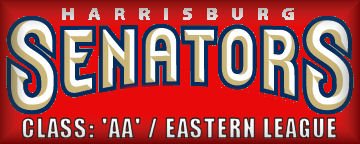
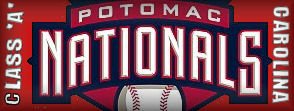

















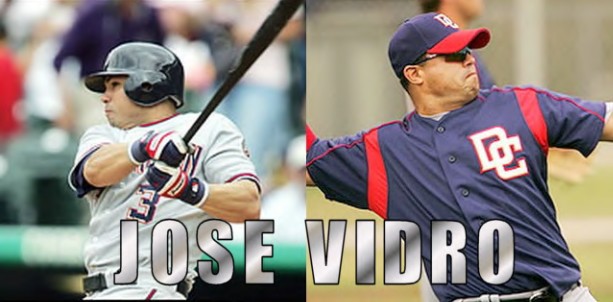























 3) 1926 (road) --- 4) 1936-'37, 1948-'51
3) 1926 (road) --- 4) 1936-'37, 1948-'51 3) 1968 - '71, and 2005 (home) --- 4) 2005 (road)
3) 1968 - '71, and 2005 (home) --- 4) 2005 (road) Buddy Meyer --- Walter Johnson
Buddy Meyer --- Walter Johnson Ed Yost --- Muddy Ruel
Ed Yost --- Muddy Ruel Roger Peckinpaugh --- Joe Cronin
Roger Peckinpaugh --- Joe Cronin Del Unser --- Darold Knowles
Del Unser --- Darold Knowles Ed Stroud - Mike Epstein
Ed Stroud - Mike Epstein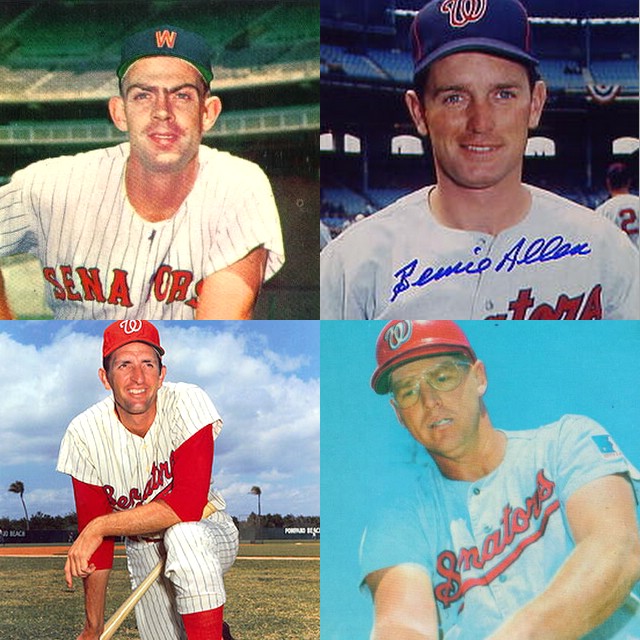 3)1968 -- 4)1969 - 1971
3)1968 -- 4)1969 - 1971